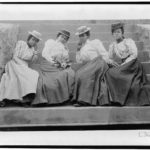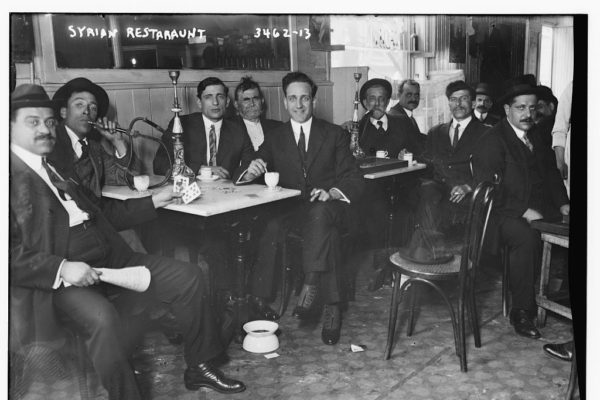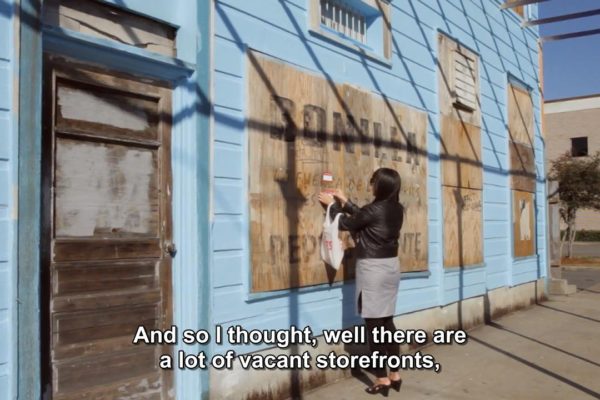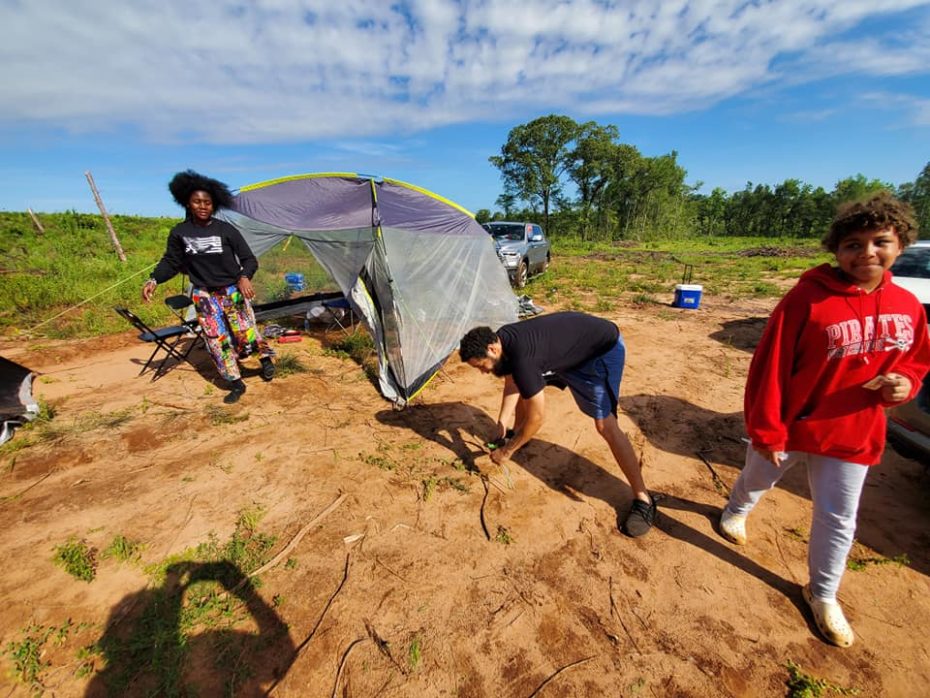
2020 was a year of civil unrest and uncertainty, but it was also a catalyst for social justice, unity, and change. Many people saw an opportunity during the lockdowns to better themselves and their communities, both individually and collectively. One monumental example of this type of unity is with the birth of Freedom Georgia, a women-led settlement founded in September 2020. Friends Renee Walters and Ashley Scott wanted to find a solution that would work in the best interest of Black Americans and when realtor Ashley saw an ad circulating online, for the sale of the Town of Toomsboro, she saw an opportunity; “for the price of a small condo, we could buy a whole town for $1.7 million.” Together these two women rallied nineteen African American families and purchased the 96.71 acres of land to found Freedom Georgia.
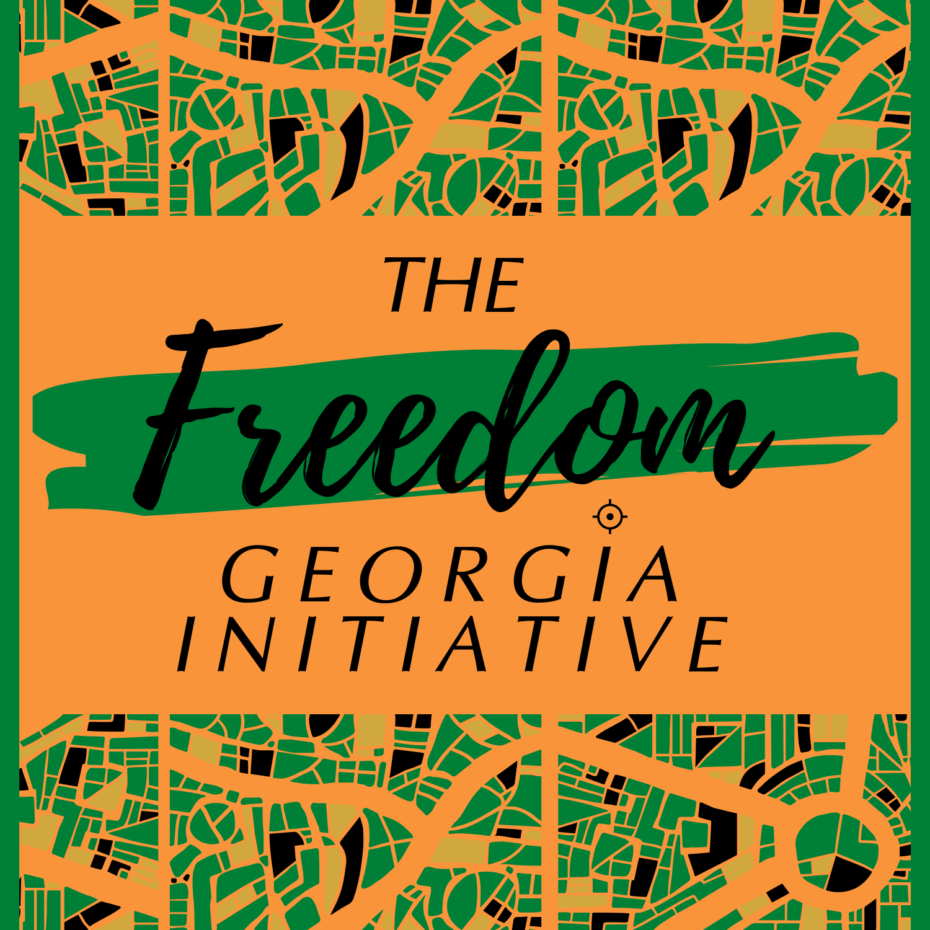
The viral ad read: “It is one of the few places where you can buy a whole town with every kind of building including a historic inn, a syrup mill, an opera house, a school house, a railroad depot, a cotton warehouse, a restaurant, a barbershop, a water wheel, a grist mill, a work shop, a filling station, and several houses.” In reality, the Mayor of Toomsboro clarified that the town itself wasn’t actually for sale, but rather a large, rural segment of land some ways away from the main town, in unincorporated Wilkinson County. The plan is to develop a fully operational and self-sufficient city, but years of work are ahead, starting with clearing the land, farming it and creating a man-made lake for fishing.

While the founders of Freedom Georgia are visionaries, indeed, they are not unique. In fact, they are taking a page from their ancestors who came before them. Starting as early as the late 1800s, free Black people would gather together to form townships called: “Freedmen’s Towns” or “Freedom Towns”. The most well known of these Freedom Towns is perhaps Tulsa Oklahoma, otherwise known as Black Wall Street. Unfortunately, the reason this all Black town is one of the best-known, is an ugly one. The 1920s massacre of this booming Black metropolis is considered one of the single worst incidents of racialized violence in American history. Before that, however, it was a burgeoning community of African Americans who had managed to carve out their own sustainable economy. So self-sufficient was Tulsa, that they had an operational airport, several hospitals, theatres, restaurants, and quality schools. This display of Black wealth and prosperity flew in the face of the prevailing stereotype that African Americans were incompetent and uneducated. This became particularly disconcerting to whites in the surrounding cities who struggled to attain the same success.
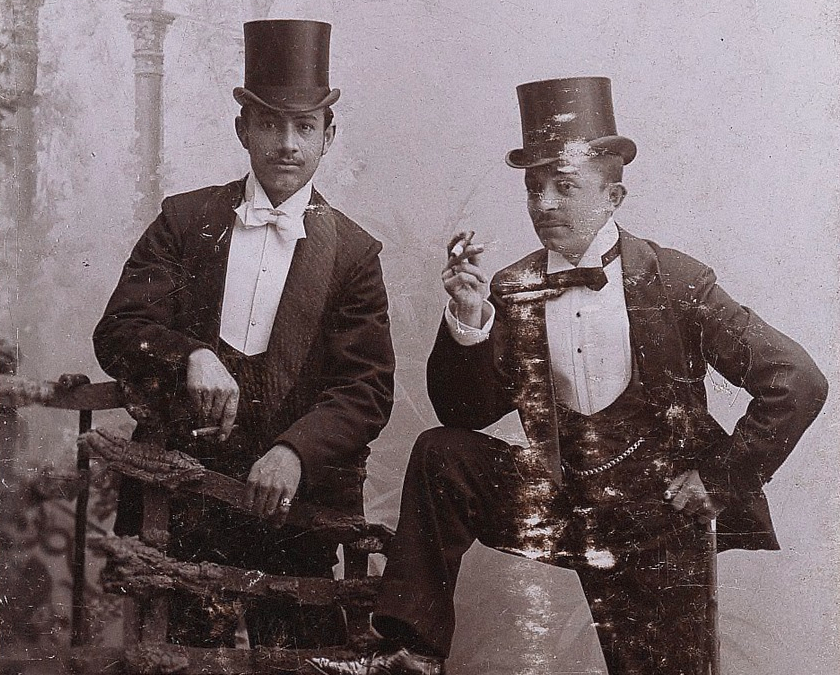
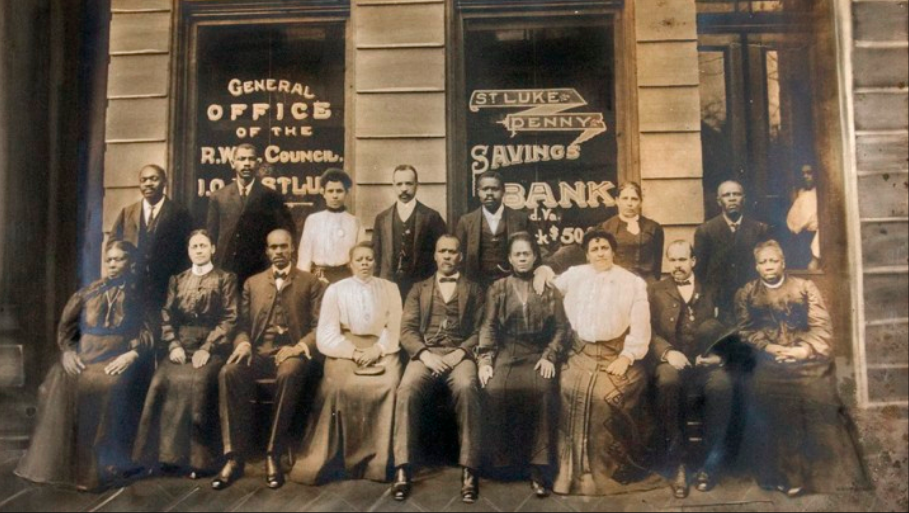
In Wilmington, North Carolina, a similar story had taken place only a couple of decades prior. The beachside town already had a substantial African American community pre-war, but by the end of the Civil War, Black people made up fifty-five percent of the city’s 25,000 population. Many freed slaves relocated to the ports and greater city area where they took the skills they had attained in bondage to become skilled labourers. There was a significant number of Black businessmen and professionals who worked as justice of the peace, superintendents, police officers, and postal workers. African American politicians began to be elected into local offices as well, becoming pillars of their communities. Soon, a middle class began to rise out of this thriving town. This demonstration of Black industrialism, once again, drew concern and envy from Whites of the surrounding communities who soon after would orchestrate a devastating massacre on the town’s citizens.
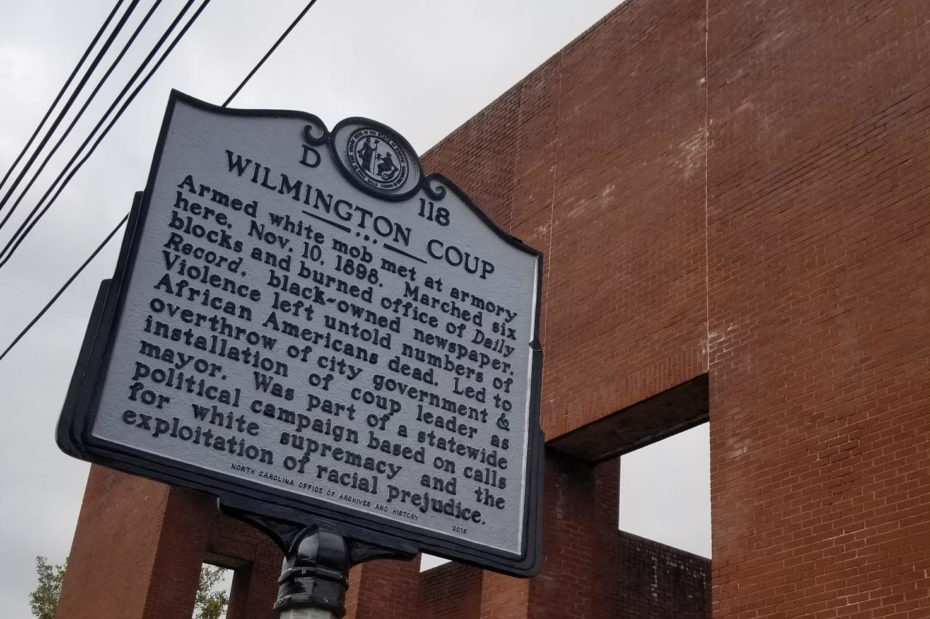
Despite these attacks on their towns and cities, Black Americans made continued efforts to try to build and mobilize. When they could not rebuild their destroyed homes, they received help in the form of Black co-ops. As early as the 18th century, Black Americans understood the importance of having their own resources to draw upon. Co-ops became a cornerstone in many communities as Black-owned grocery stores, banks, transit systems, and schools have provided safe spaces for African Americans to buy/sell goods, obtain services, travel, enjoy leisure time, and pursue education. By 1940 nearly all Black colleges and universities offered courses on cooperative economic theory in their curriculum.
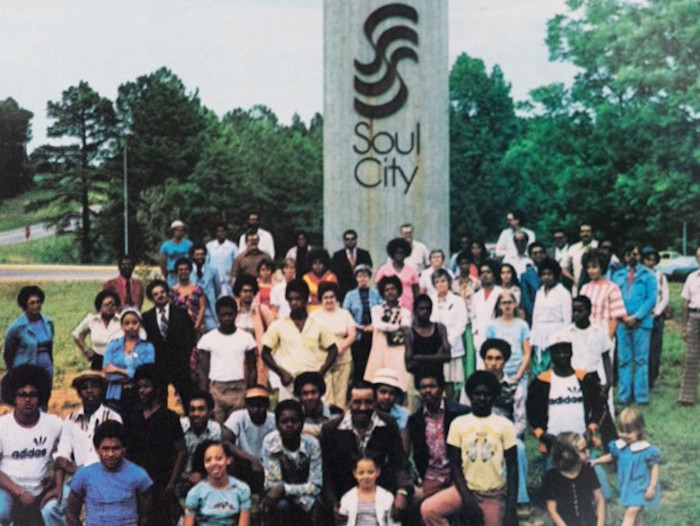
This emphasis on self sustainability and community building would carry over into the civil rights movement as well. One of the more recent instances of the establishment of an all Black township was the founding of Soul City. In 1969, civil rights leader, Floyd McKissick, proposed the development of Soul City to the US Department of Housing and Urban Development. They received a grant of 14 million to develop the town and construction began slowly as the first families began moving into the newly established city.
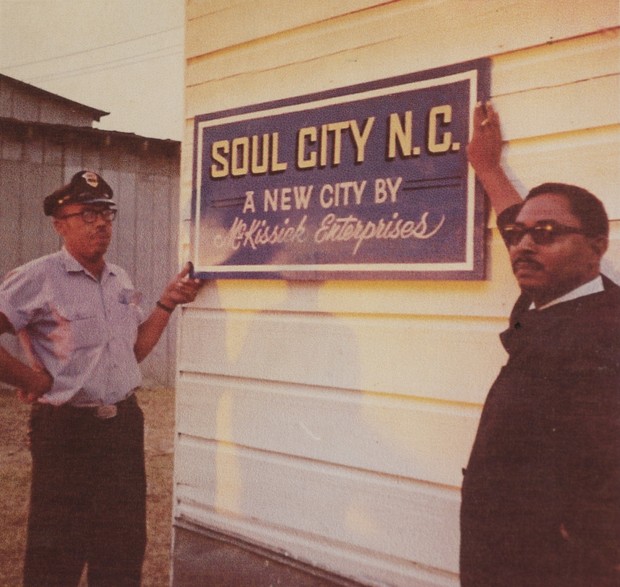
By 1980, Soul City had developed thirty-five housing units, a tennis court, a clinic, and a local swimming pool. Unfortunately, the city would never reach the high expectations that it’s founders had for it, and slowly, the citizens of Soul City would start to abandon the town.
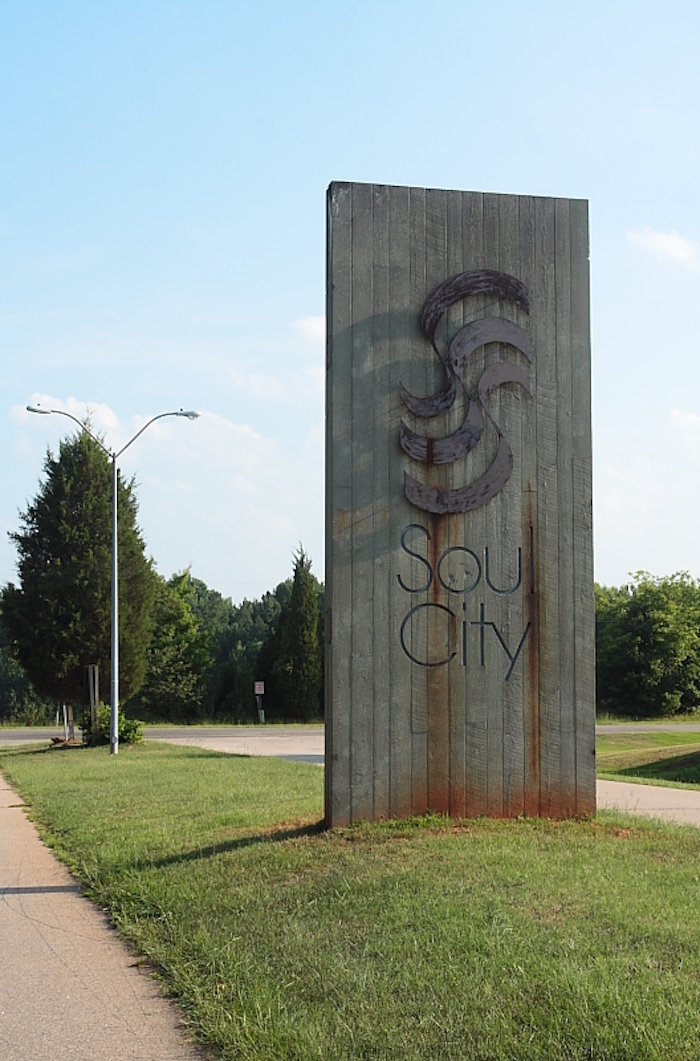

Today, only thirteen all Black towns still exist, but the blueprint provided by the long forgotten communities gives hope to a new generation of Black people aspiring for a better America. For Freedom Georgia, 130 miles south of what is considered the “Black Mecca” of America, Atlanta, the legacy of these lost cities are remembered in the hopes of nineteen founding families and memorialized in the very name. Keep up with their progress on Instagram and Facebook.




